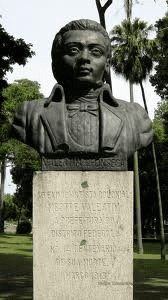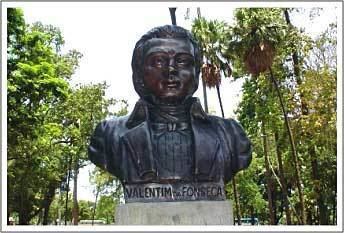Nationality Brazilian | Style Brazilian colonial | |
 | ||
Known for Sculpture, architecture, urban planning Died 1813, Rio de Janeiro, Rio de Janeiro, Brazil | ||
Valentim da Fonseca e Silva (ca. 1745– March 2, 1813), known as Mestre Valentim and Valentim, was a Brazilian artist and urban planner. He is considered one of the foremost artists of Brazilian colonial art, and worked across the mediums of sculpture, wood carving, and architecture. He is also noted as an urban planner of Rio de Janeiro. Like the artists Aleijadinho, his contemporary, he was the son of a Portuguese man father and an Afro-Brazilian mother.

His sculptures and other artwork were commissioned from the late 1770s by religious institutions in Rio de Janeiro. Examples of his work are found in the Igreja de Nossa Senhora da Conceição e Boa Morte, the Mosteiro de São Bento, the Igreja da Ordem Terceira do Carmo, and Igreja de São Francisco de Paula.

Mestre Valentim work is in the transitional style between Baroque-Rococo and Neoclassicism.
Mestre Valentim also planned the Passeio Público of Rio de Janeiro, the oldest public park in Brazil. The ambitious sculptural works of the park includes stylized entrance gates; two obelisks; statutes of various Greek gods; four flights of steps, waterfalls, benches decorated with glazed azulejo tiles. The pavilions designed by Mestre Valentim feature paintings by Leandro Joaquim (1738–1798).


